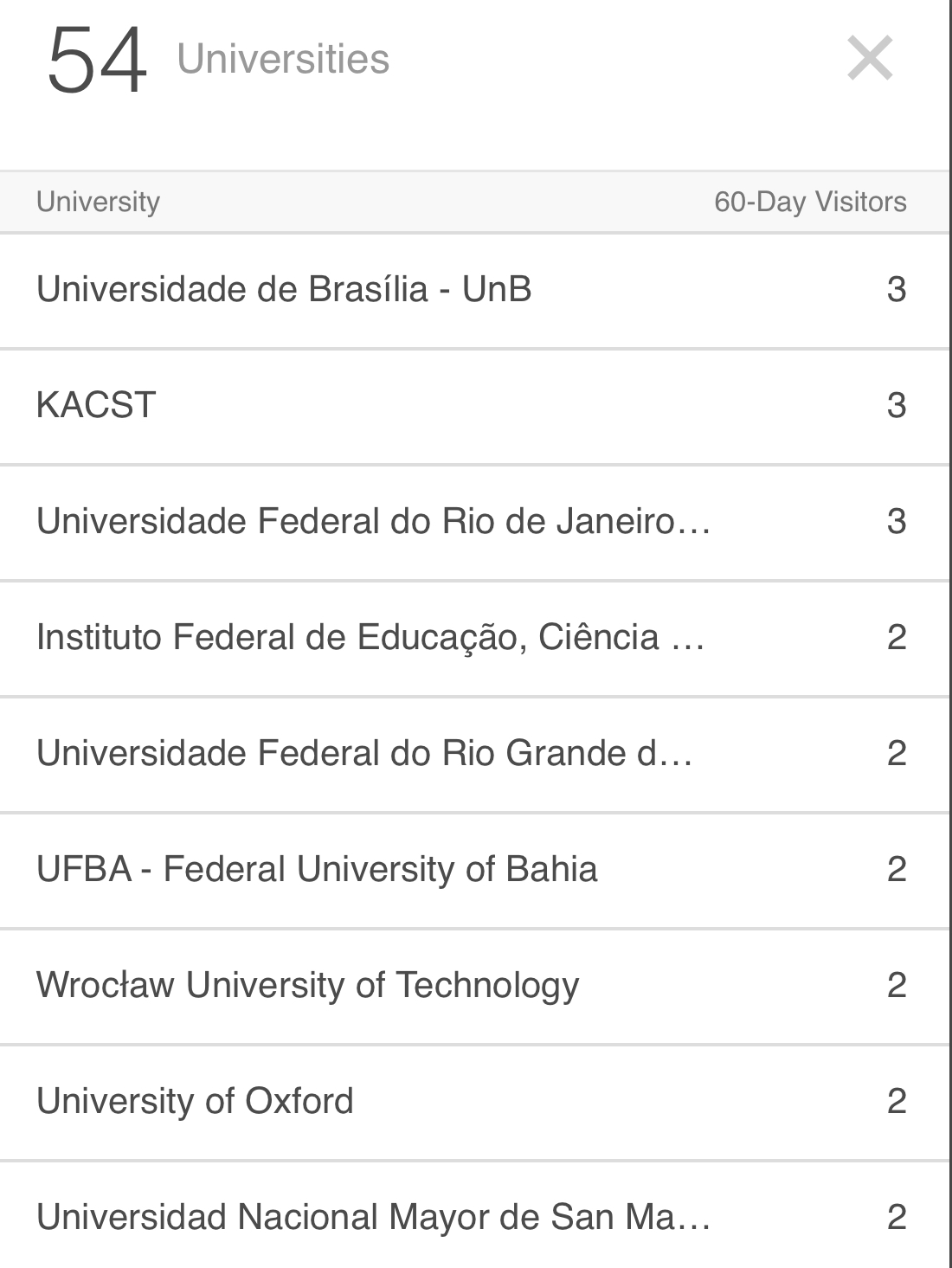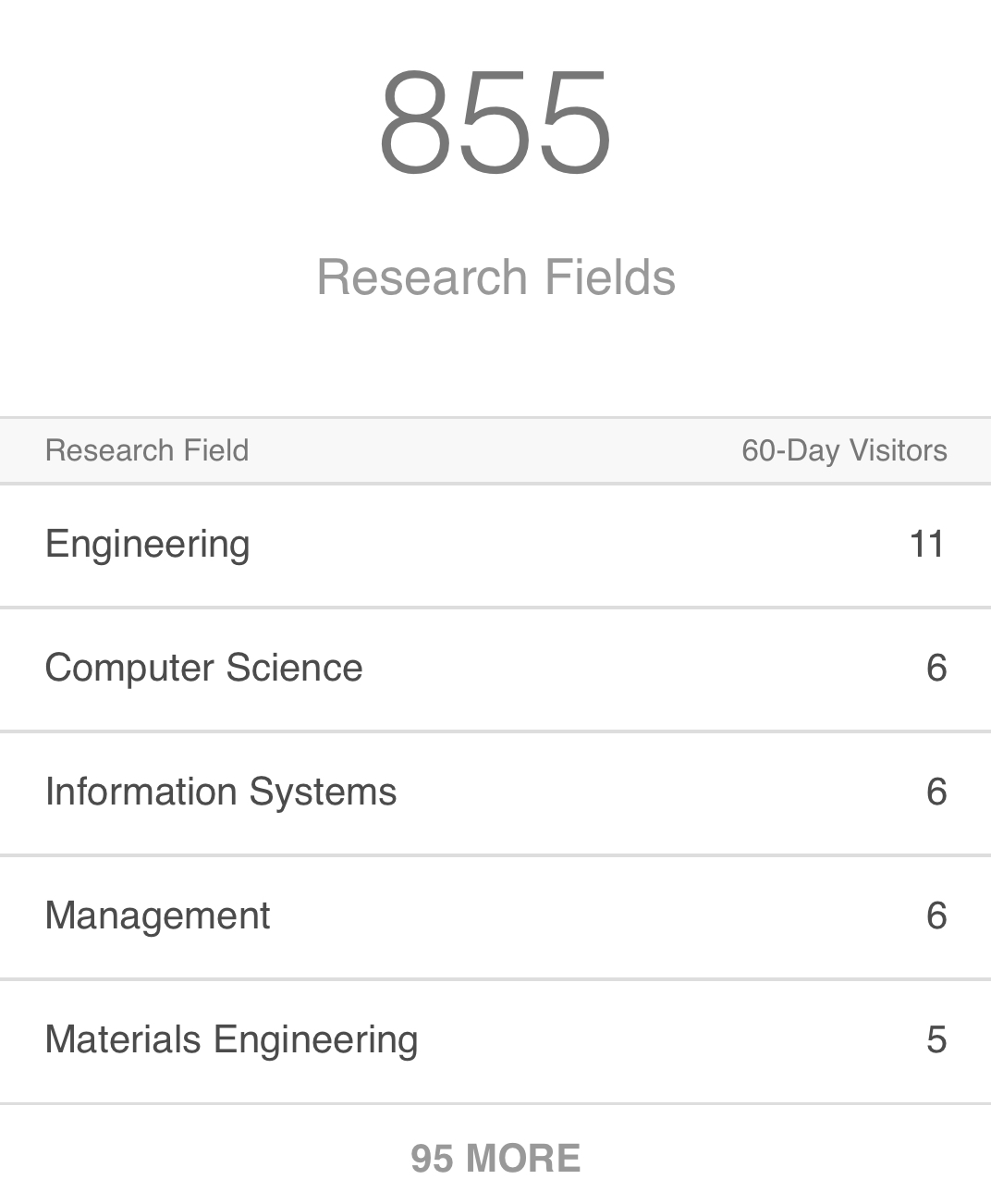Uso de cálculo estequiométrico para avaliação da produção de biogás obtido da água residuária do café
DOI:
https://doi.org/10.47456/bjpe.v7i2.34548Palavras-chave:
Fontes Renováveis de Energia, Biomassa, Biogás, Cafeicultura, Resíduos AgrícolasResumo
O agronegócio destaca-se por sua participação na economia brasileira e pela expressiva geração de emprego e renda. Neste setor, a atividade cafeeira tem grande importância, sendo o Brasil o maior produtor e exportador mundial deste grão. Porém, seu cultivo gera grande quantidade de resíduos que, se não tratados de maneira adequada, podem ser altamente prejudiciais ao provocar impactos e desequilíbrios ao meio ambiente. Quando o processamento do café é realizado por via úmida, é gerado um efluente com elevado teor orgânico, denominado água residuária do café (ARC). Objetivou-se analisar o potencial da produção de biogás a partir da ARC em uma propriedade rural de Minas Gerais. Foram consideradas amostras tratadas por via úmida, coletadas em uma fazenda que produz café arábica, situada em Conselheiro Pena – Minas Gerais. As amostras foram submetidas a análises físico-químicas e em seguida, avaliada a produção de metano, que compõe o biogás, por cálculo estequiométrico. Verificou-se que a quantidade de metano gerado não foi suficiente para justificar o uso energético da ARC para a propriedade rural estudada. Uma alternativa seria a co-digestão para aumentar a carga orgânica e, consequentemente, o potencial de geração de energia.
Downloads
Referências
ANEEL – Agência Nacional de Energia Elétrica (2019). Retrospectiva ANEEL - 2019. 2019. Recuperado em 16 agosto, 2020 de: https://www.aneel.gov.br/publicacoes.
APHA - American Public Health Association (2012). Standard methods for the examination of water and wastewater. Recuperado em 20 julho, 2020 de: http://www.just.edu.jo/CoursesAndLabs/ENVIRONMENTAL%20ANALYTICAL%20CHEMISTRY_CHEM734/chem%20734.doc.
Bilotta, P., Ross B. Z. L. (2016). Estimativa de geração de energia e emissão evitada de gás de efeito estufa na recuperação de biogás produzido em estação de tratamento de esgotos. Engenharia Sanitária e Ambiental, 21(2), 275-282. https://doi.org/10.1590/s1413-41522016141477
Bonilla, V. A. (2014). Aproveitamento dos resíduos do processamento semi-seco do café para a produção de compostos de valor agregado (Dissertação de Mestrado). Universidade Federal de Lavras, Lavras, MG, Brasil.
CEPEA - Centro de Estudos Avançados em Economia Aplicada (2019). PIB Agro CEPEA-USP/CNA. Recuperado em 25 agosto, 2020 de: https://www.cepea.esalq.usp.br/br/pib-do-agronegocio-brasileiro.aspx.
CETESB - Companhia de Tecnologia de Saneamento Ambiental (2006). Manual do Usuário do Programa de Computador Biogás [Apostila]. São Paulo: CETESB.
Corro, G., Paniagua, L., Pal, U., Bañuelos, F., Rosas, M. (2013). Generation of biogas from coffee-pulp and cow-dung co-digestion: Infrared studies of postcombustion emissions. Energy Conversion and Management, 74, 471–481, 2013. http://dx.doi.org/10.1016/j.enconman.2013.07.017
Cruz-Salomon, A., Ríos-Valdovinos, E., Pola-Albores, F., Meza-Gordillo, R. (2017). Anaerobic treatment of agro-industrial wastewaters for COD removal in expanded granular sludge bed bioreactor. Biofuel Research Journal, 4(4), 715-720. https://doi.org/10.18331/BRJ2017.4.4.3.
Demirel, B. (2014). Major pathway of methane formation from energy crops in agricultural biogas digesters. Critical Reviews in Environmental Science and Technology, 44(3), 199-222. https://doi.org/ 10.1080/10643389.2012.710452
Eichler, P., Santos, F., Toledo, M., Zerbin, P., Schmitz, G., Alves, C., Ries, L., Gomes, F. (2015). Biomethanol production via gasification of lignocellulosic biomass. Química Nova, 38(6), 828-835. https://doi.org/ 10.5935/0100-4042.20150088.
ELETROBRÁS - Centrais Elétricas Brasileiras. Eficiência Energética no Uso de Vapor (2005). [Manual]. Rio de Janeiro: ELETROBRÁS.
EPE – Empresa de Pesquisa Energética. Balanço Energético Nacional 2020 - Ano Base 2019 (2020). [Relatório]. Rio de Janeiro: EPE 2020.
Fernandes, A. (2016). Água residuária de laticínio em co-digestão com dejetos de bovinos leiteiros (Dissertação de Mestrado). Faculdade de Ciências Agronômicas - UNESP, Botucatu, SP, Brasil.
Ferrarez, A. H., Oliveira Filho, D., Gracia, L. M. N., Martinez, J. M., Lopes, R. P., da Silva Júnior, A. G., de Souza, N. S. (2015). Potencial de geração de eletricidade com codigestão de resíduos agropecuários na região da Zona da Mata, Minas Gerais, Brasil. Revista Gestão & Sustentabilidade Ambiental, 4, 302-316.
Garcia, A. L. H., Matzenbacher, C. A., Santo, M. S., Prado, L., Picada, J. N., Premoli, S., Corrêa, D., Niekraszewicz, L., Dias, J. F., Grivicich, I., Silva, J. (2017). Genotoxicity induced by water and sediment samples from a river under the influence of brewery effluent. Chemosphere, 169, 239-248. https://doi.org/10.1016/j.chemosphere.2016.11.081.
Jang, H., Ocon, J., Lee, S., Lee, J. K., Lee, J. L. (2015). Direct power generation from waste coffee grounds in a biomass fuel cell. Journal of Power Sources, 296, 433-439. https://doi.org/10.1016/j.jpowsour.2015.07.059
Kamran, M., Fazal, M. R., Mudassar, M. (2020). Towards empowerment of the renewable energy sector in Pakistan for sustainable energy evolution: SWOT analysis. Renewable Energy, 146, 543-558. https://doi.org/10.1016/j.renene.2019.06.165
MAPA - Ministério da Agricultura, Pecuária e Abastecimento (2019). Café Brasil. Recuperado em 25 agosto, 2020 de: http://antigo.agricultura.gov.br/assuntos/politica-agricola/cafe.
Mata-Alvarez, J., Dosta, J., Romero-Güiza, M. S., Fonoll, X., Peces, M., Astals, S. (2014). A critical review on anaerobic co-digestion achievements between 2010 and 2013. Renewable and sustainable energy reviews, 36, 412-427.
Meneses-Jácome, A., Diaz-Chavez, R., Velásquez-Arredondo, H., Cárdenas-Chávez, D., Parra, R., Ruiz-Colorado, A. (2016). Sustainable Energy from agro-industrial wastewaters in Latin-America. Renewable and Sustainable Energy Reviews, 56, 1249-1262. https://doi.org/10.1016/j.rser.2015.12.036.
Mohammadi, A., Mehrpooya, M. (2018) A comprehensive review on coupling different types of electrolyzer to renewable energy sources. Energy, 158, 632-655. https://doi.org/10.1016/j.energy.2018.06.073.
Nogueira, R. G. S. (2013). Inclusão de cana-de-açúcar triturada em biodigestores abastecidos com dejetos de bovinos de corte confinado (Dissertação de Mestrado). Faculdade de Ciências Agronômicas, Universidade Estadual Paulista Júlio de Mesquita Filho, Botucatu, SP, Brasil.
Novita, E. (2016). Biodegradability Simulation of Coffee Wastewater Using Instant Coffee. Agriculture and Agricultural Science Procedia, 9, 217–229. https://doi: 10.1016/j.aaspro.2016.02.138
ONU - Organização das Nações Unidas (2012). Divisão de População, Seção de Estimativas e Projeções Populacionais. Recuperado em 10 agosto, 2020 de: https://nacoesunidas.org/novo-estudo-da-onu-indica-que-mundo-tera-11-bilhoes-de-habitantes-em-2100/.
ONU - Organização das Nações Unidas (2015). Transforming Our World: the 2030 Agenda for Sustainable Development. Recuperado em 10 agosto, 2020 de: https://www.un.org/ga/search/view_doc.asp?symbol=A/RES/70/1&Lang=E.
Pin, B. V. R. (2018). Aproveitamento energético do biogás da digestão anaeróbia da água residuária do café no Sul de Minas Gerais (Dissertação de Mestrado). Universidade Federal de Itajubá, Itajubá, MG, Brasil.
Pinto, A. B. (2001). Avaliação de gramíneas forrageiras com uso de águas residuárias da lavagem de frutos do cafeeiro em rampas de tratamento (Dissertação de Mestrado). Universidade Federal de Viçosa, Viçosa, MG, Brasil.
Saath, K. C. O., Fachinello, A. L. (2018). Crescimento da demanda mundial de alimentos e restrições do fator terra no Brasil. Revista de Economia e Sociologia Rural, 56(2), 195-212. https://doi.org/10.1590/1234-56781806-94790560201.
Sagula, A. L. (2012). Biodigestão anaeróbia de cama de frango em co-digestão com caldo de cana-de-açúcar (Dissertação de Mestrado). Faculdade de Ciências Agronômicas, Universidade Estadual Paulista, Botucatu, SP, Brasil.
Tran, V. S., Ngo, H. H., Guo, W., Zhang, J., Liang, S., Ton-That, C. (2015). Typical low cost biosorbents for adsorptive removal of specific organic pollutants from water. Bioresource technology, 182, 353-363. https://doi.org/10.1016/j.biortech.2015.02.003.
Veeresh, G.S.; Kumar, P.; Mehrotra, I. (2005). Treatment of phenol and cresol in upflow anaerobic sludge blanket (UASB) process: a review. Water Research, 39, 154-70, 2005. 10.1016/j.watres.2004.07.028
Xiao, S., Hu, S., Zhang, Y., Zhao, X., Pan, W. (2017). Influence of sewage treatment plant effluent discharge into multipurpose river on its water quality: A quantitative health risk assessment of Cryptosporidium and Giardia. Environmental Pollution, 233, 797-805. 10.1016/j.envpol.2017.11.010.
Zhang, Q., Hu, J., Lee, D. J. (2016). Biogas from anaerobic digestion processes: Research updates. Renewable Energy, 98, 108-119
Downloads
Publicado
Edição
Seção
Licença
Copyright (c) 2021 Eveline Oliveira Malaquias, Antônio Augusto Martins Pereira Junior, Pedro Henrique Poubel Mendonça da Silveira, Leandra Altoé, Cláudia Rodrigues Teles (Autor)

Este trabalho está licenciado sob uma licença Creative Commons Attribution 4.0 International License.

Todos os trabalhos publicados na Brazilian Journal of Production Engineering (BJPE) estão licenciados sob a Creative Commons Atribuição 4.0 Internacional (CC BY 4.0).
Isso significa que:
-
Qualquer pessoa pode copiar, distribuir, exibir, adaptar, remixar e até utilizar comercialmente os conteúdos publicados na revista;
-
Desde que sejam atribuídos os devidos créditos aos autores e à BJPE como fonte original;
-
Não é exigida permissão adicional para reutilização, desde que respeitados os termos da licença.
Esta política está em conformidade com os princípios do acesso aberto, promovendo a ampla disseminação do conhecimento científico.



2.png)
























































